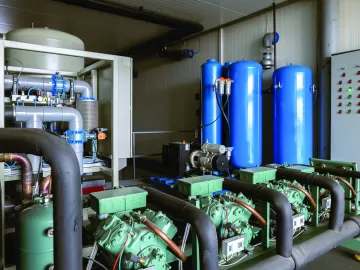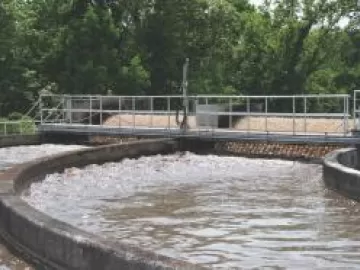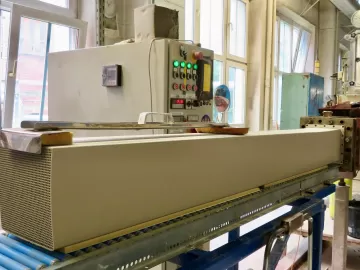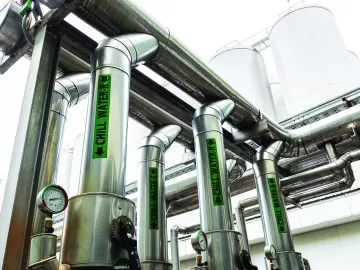Compressed Air Demand-Side Demons at a PET Bottle-Blowing Plant
Sometime in mid-2015, I received a call from a project engineer at a major plastics firm. He had a troubling issue with one of his PET bottle plants. The bottom line was this: They could not run all five high production blow-molding machines at one time—even though they were able to do so 18 months previously.












